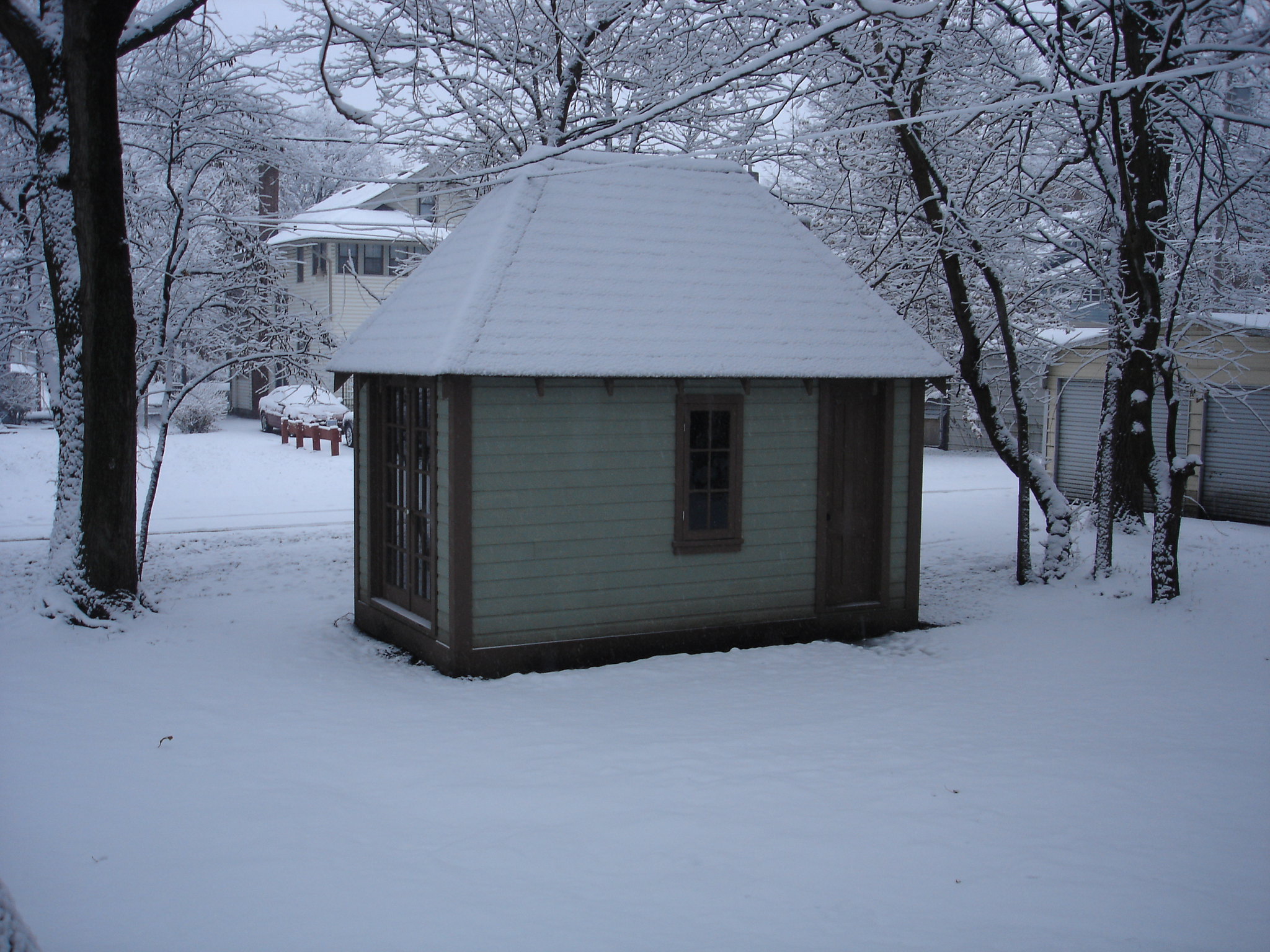A guide to making your winter garden room usable and comfortable all year long
A garden room is one of the latest and most popular home improvement projects in the UK and many other countries across the globe.
Garden rooms are often constructed for use as a home office; this allows the user a haven of peace and quiet away from the distractions of family life, however, in many situations the extra space has also proven to be invaluable for the whole family so the garden room office often becomes a multipurpose room. A garden room is a pleasant place to be during the warmer months of spring and summer with the sounds of nature and gentle breezes, the autumn and winter seasons are generally a completely different experience, often with strong winds and heavy rain, this is why many garden rooms are not used all year round. There are many ways in which you can upgrade your garden room to allow you to enjoy a cosy and relaxing retreat, whatever the season.
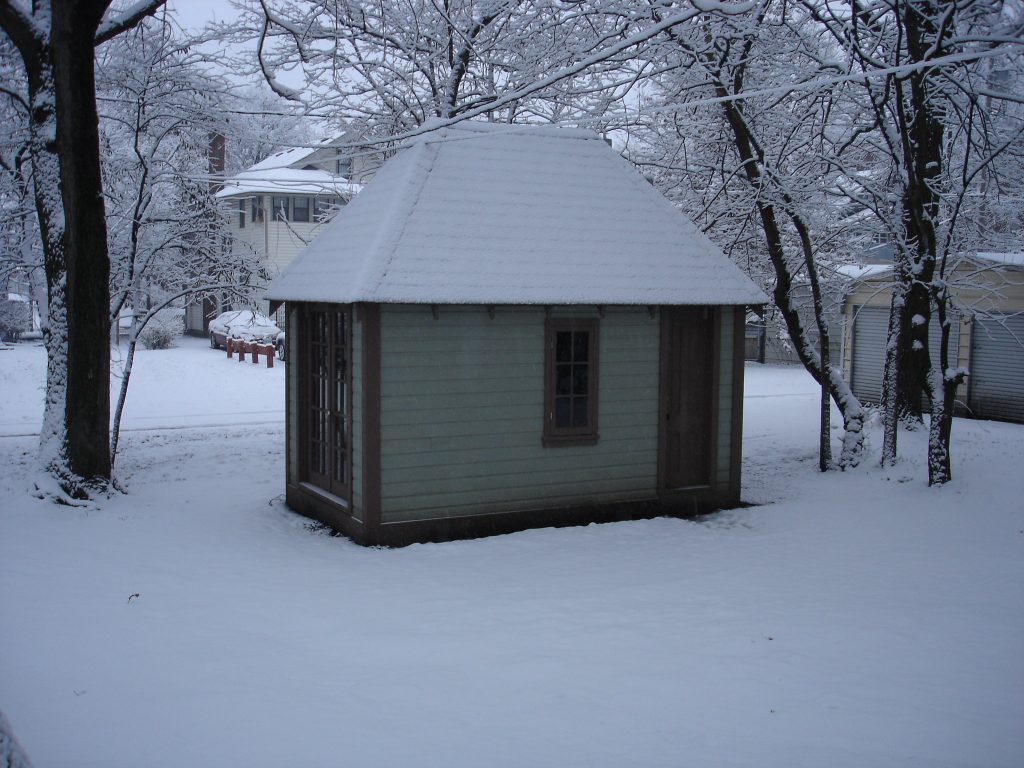
Windows and Doors
The first, and most obvious, area to investigate are the windows and doors, check around the frames for any gaps that may be letting cold draughts in and warm air out. Fit double glazing if your budget will allow it, second hand double glazed doors and windows are often to be found at bargain prices in classified ads or online auctions. If double glazing is not an option then repair gaps around window and door frames with a sealant and fit draught excluders to ensure a tight seal when windows and doors are closed.
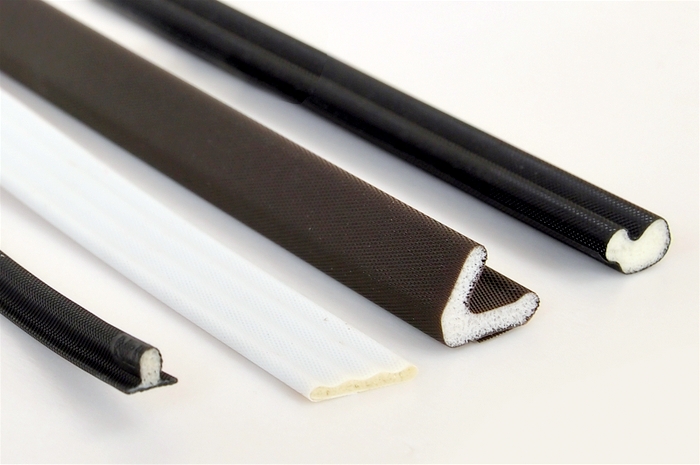
Insulation Insulating your garden room is a very efficient and cost effective way to prepare your garden room for the colder months of the year and it makes good sense to get it done before winter actually arrives. There are many ways to insulate a garden room; wool, fibreglass, rigid insulation boards, etc., some people even use bubble wrap, however, the best quality insulating material will produce the best results. You should start with the floor area, always ensure that you have a damp proof membrane between the ground and your floor as this will protect against rising damp, your chosen insulating material can sit on this membrane beneath your flooring. The next stage of insulation is the walling, remove all interior cladding or lining and fit the insulating material against each wall before replacing, check the exterior walls for gaps or holes prior to replacing the interior cladding or lining as this is the ideal time to make repairs. If you do not have interior cladding or lining then you will need to fit this as the insulating material needs to be placed between the exterior wall and the interior lining. Finally you will need to insulate the roof area; this is done in the same way as the wall insulation for both pitched and flat roofs. A good quality insulating material that is fitted correctly will help keep your garden room cool in the summer and warm during the winter months. For further information on insulation read our article on garden room insulation.
Weatherproofing Exterior Walls
Your winter garden room is likely to have all kinds of harsh weather thrown at it and heavy rain driven by gale force winds will soon find its way inside if you have not properly protected the exterior. A British garden room is likely to have been constructed using wood, brick or stone, all of which are porous materials, which means they are not naturally waterproof. Having inspected your exterior walls and repaired any holes or gaps it is now time to protect them by using a water repellent sealant, using a paint brush or roller apply a liberal coat all over each wall, allow to dry and apply a second layer for maximum protection. It is recommended that you reseal your exterior walls every few years, as per the manufacturer’s instructions. Another option, if cost is not an issue, is to fit waterproof exterior cladding. This type of cladding is made from recycled plastic and it is also recyclable, it is durable, maintenance free and looks just like wood.
Winter Garden Room Roof
The spring and summer months are the ideal time to get up a ladder and inspect the roof of your garden room to ensure it is in good condition before autumn and winter arrive. It is also a good idea to check the interior space of your roof as this is where you will find evidence of past water ingress, indicating that there is a leak somewhere. Check tiled roofs for broken or loose tiles and ridge tiles and replace as necessary, also check the condition of the roofing felt and either patch or completely replace. Check flat roofs for signs of damage, this can be caused by ageing roof membrane, impact damage, blocked guttering or leaks in the lead flashing, windblown seeds can also germinate and take root on your flat roof, potentially causing damage as they grow.
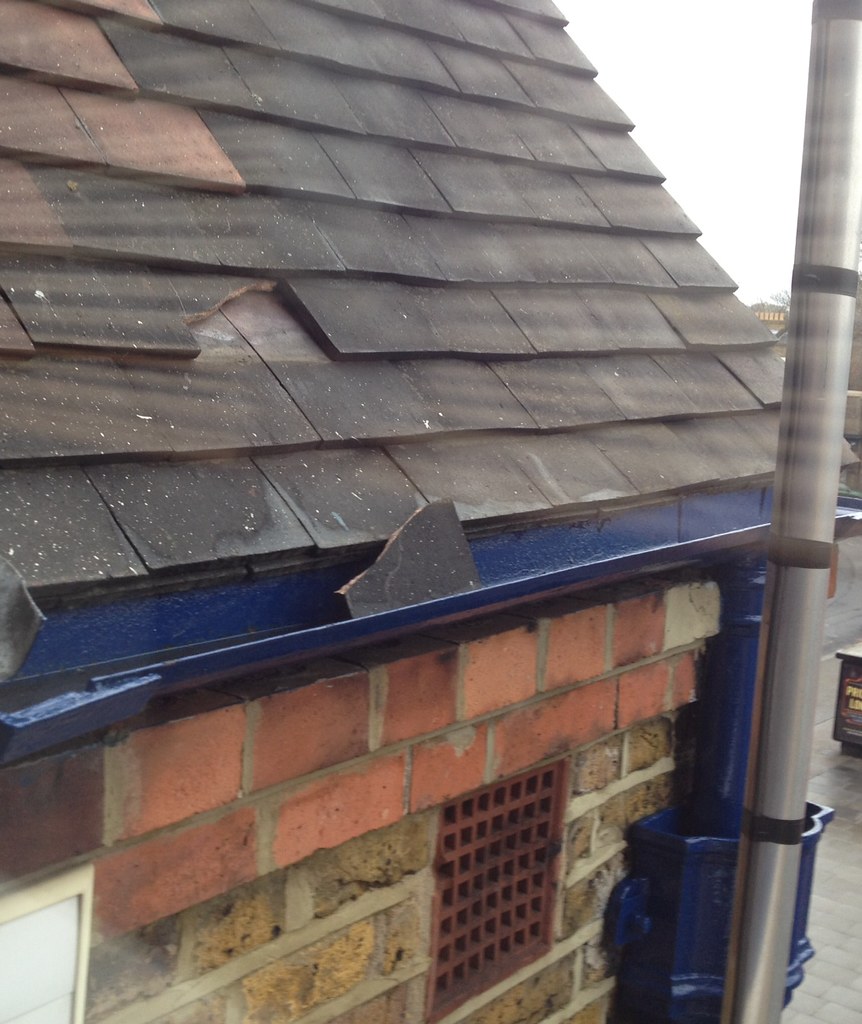
Warmth in your winter garden room
Now that you have inspected the interior and exterior of your garden room thoroughly and repaired, replaced and updated as necessary it is time to think about the heating system and whether it is adequate to cope with those long, cold winter months. The most commonly used form of garden room heating is electric heaters, either convection heaters or electric oil filled radiators, both are thermostatically controlled and are perfect for heating a garden room. If you would like your garden room to feel even more snug and cosy then perhaps you should consider adding a wood burning stove, this will also involve fitting a flue unless your stove is an electric version. Always remember to ensure that your garden room has adequate ventilation, whatever type of heating you use. For information on ventilation read our garden room ventilation article.
Regular maintenance of footpaths between your home and your garden room is very important as moss and algae covered paving slabs can become dangerously slippery in wet weather. A sturdy doormat inside the door of your garden room will help avoid wet and muddy footprints everywhere. Exterior lighting will add a stylish touch to your garden room, whilst placement of lighting along your footpath will protect against slips and falls as the winter evenings draw in.
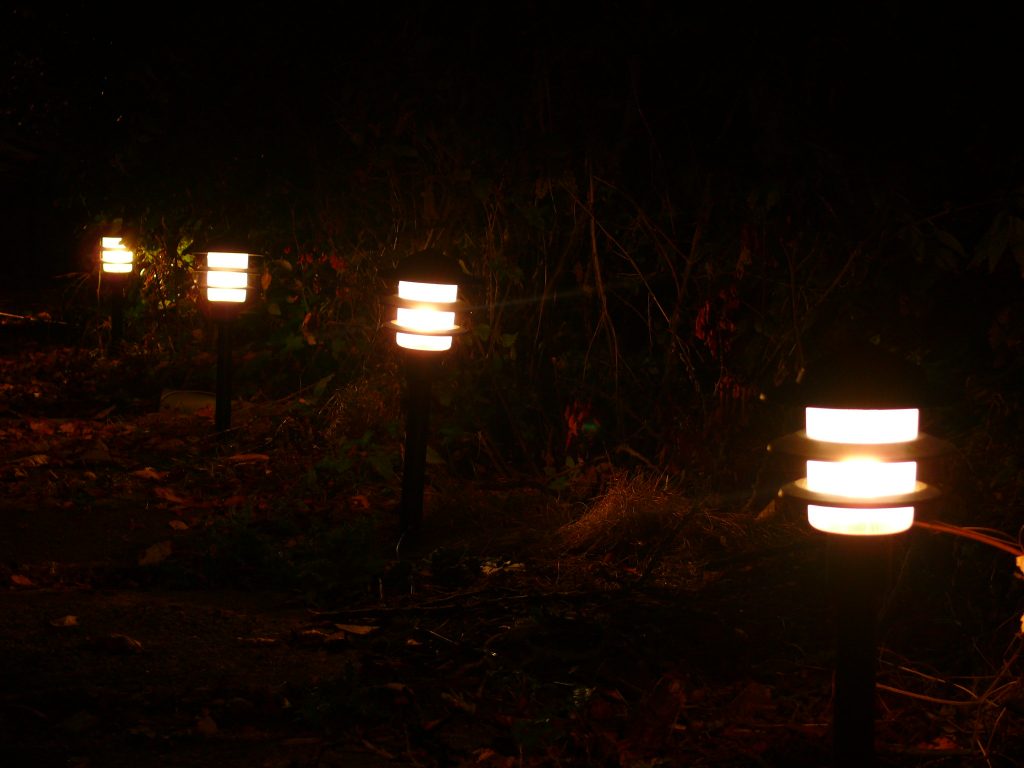
Following these steps will ensure that your garden room will keep you warm and snug during the autumn and winter months, it will also help to lengthen the lifespan of your garden room and avoid many unnecessary and costly repairs.
